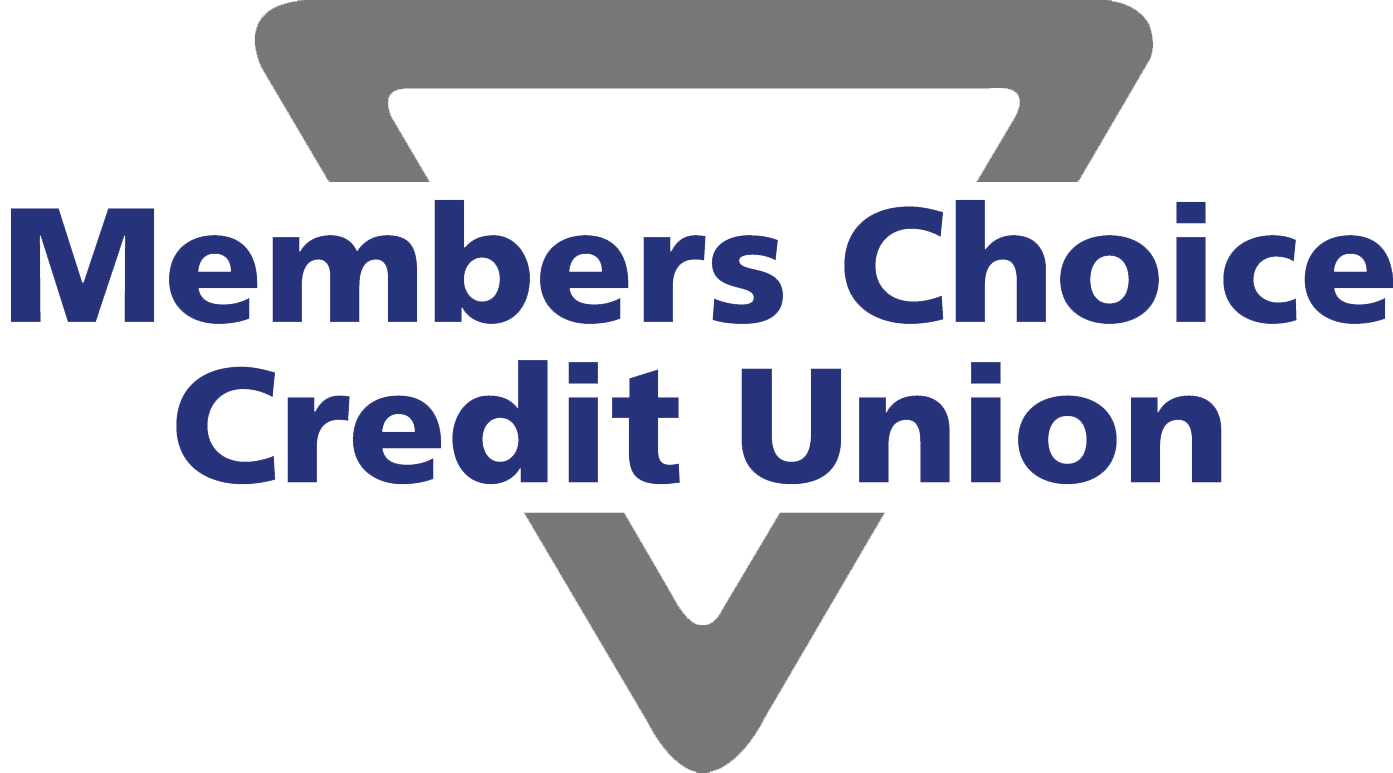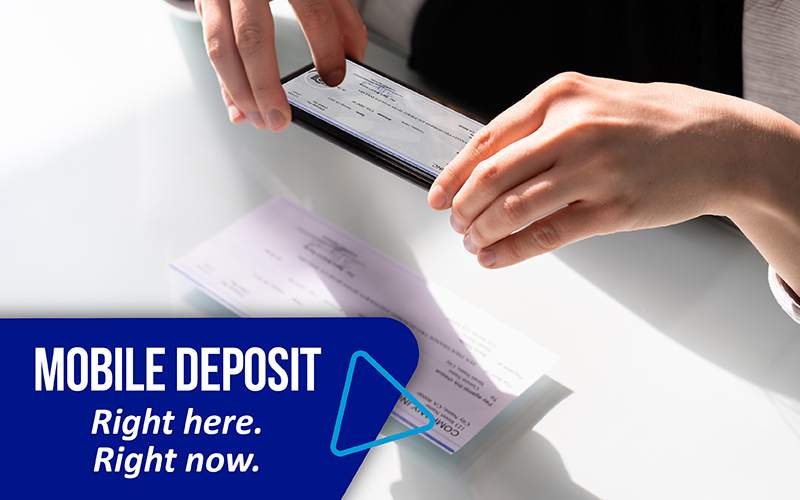How to Build Up Your Credit From Scratch
Building up your credit history from the bottom up can be a tricky business. You won't qualify for a jumbo loan or solid line of credit, but without those kinds of transactions and accounts in your file, how can you start building your credit?
It's a complicated question, but we've got the answers. You'll need to start slowly. The process may take a while until you begin seeing results; however, with time, effort, and responsible financial choices, you can build an excellent credit history, which will positively impact your financial health for years to come.
Here are six steps you can take to get the ball rolling on your credit file.
1. Visit Members Choice CU
The first step on your journey toward a healthy credit history should be a stop at Members Choice CU. Speak to an MSR about opening your very first credit card right here. We offer most of our member's first credit cards even when they don't have a strong credit history. This can be an excellent way for you to start building your credit file.
2. Open a secured credit card
Secured credit cards are starter cards requiring you to deposit before you can open a line of credit. The card issuer will hold this deposit for a fixed amount of time as collateral in case of a missed payment. For example, a secured card issuer that requires a $300 deposit will offer you a $300 credit limit and hold onto that money for eight to 12 months, at which point you will get your deposit back if there is no outstanding balance on your card. You can then close your account and open an unsecured credit card.
Secured credit cards are a great first credit card, as almost anyone can qualify to open a secured card.
When researching your options for a secured credit card, look for one that does not charge an annual fee and reports to all three credit bureaus: TransUnion, Equifax, and Experian.
3. Use your cards responsibly
It's not enough to have credit cards open in your name; you need to use them and make timely payments as well. With a starting balance of $200 or so, you'll have to be careful to spend just a bit each month. Otherwise, your credit utilization, or the ratio of available credit you use, can be too high and can hurt the score you're trying to build. For this reason, keep your card spending to less than 30% of your available credit limit and pay your bills in full and on time. You can set up an automatic payment, so you never miss a statement.
It may take a while, but you'll slowly start to build up your credit file. After a year or so, you may be offered the option of increasing your available credit. Accepting this offer will improve your score further.
4. Become an authorized user
Another great way to boost your score is to have your name added to an existing card. If you have a family member or partner who has an excellent rating and a credit card that they've had for a while, ask them about making you an authorized user on their card. This will add the card's payment history to your growing credit file and can significantly increase your score. Keep in mind, though, that any time you use the card, the primary account holder will be responsible for paying the bill. Also, some credit cards charge an annual fee for adding an authorized user. Finally, find out whether the card issuer reports allowed user activity to the credit bureaus so this step isn't wasted.
5. Report your rental payments
On-time credit card payments are crucial for a healthy credit file, but there are other monthly payments you can use to build your score. Did you know that your monthly rental payments can be added to your credit history? You'll need to sign up for a rent reporting service like PayYourRent.com, but the minimal effort is worth the difference this step can make to your score.
Building and maintaining a sound credit file can take serious effort and commitment, but it's one of the most crucial elements of a financially responsible life.




